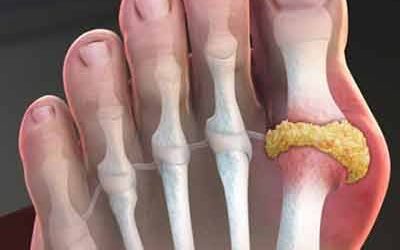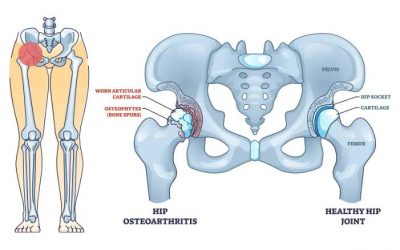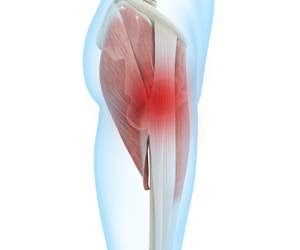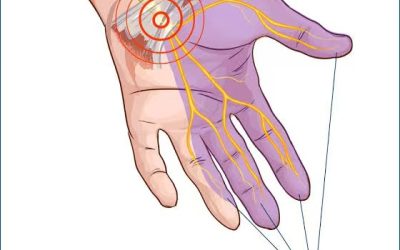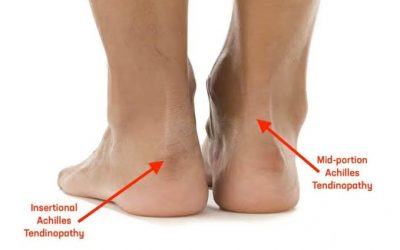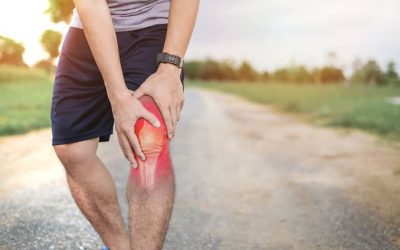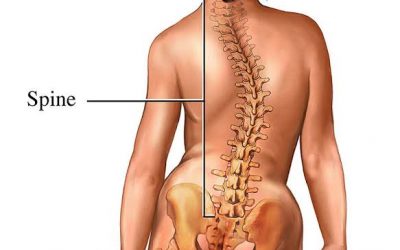Whiplash Syndrome

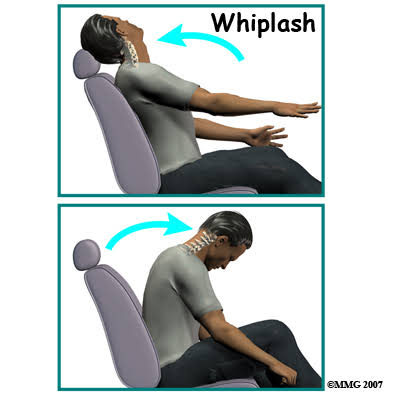
Whiplash,also called neck sprain or neck strain,which is an injury that happens when sudden force or movement strains your neck and spine, damaging bone, muscle, ligaments and nerves. It’s most common in motor vehicle crashes, but can also happen for other reasons. It’s usually treatable and short-lived. However, some people experience chronic effects such as pain for months or even years.
Symptoms and Causes
Whiplash is caused by an abrupt backward and/or forward jerking motion of the head, often as a result of a car accident.
Symptoms of whiplash may be delayed for 24 hours or more after the initial trauma. However, people who experience whiplash may develop one or more of the following symptoms, usually within the first few days after the injury:
- Neck pain and stiffness
- Headaches
- Pain in the shoulder or between the shoulder blades
- Low back pain
- Pain or numbness in the arm and/or hand
- Diziness
- Difficulty concentrating or remembering
- Irritability, sleep disturbances, fatigue
Diagnosis
Your healthcare professional will ask about the event and your symptoms. You also may be asked questions that help your healthcare professional understand how bad your symptoms are and how often they occur. Your healthcare professional also will want to know how well you can do everyday tasks.
Examination
During the exam your healthcare professional will need to touch and move your head, neck and arms. You will be asked to move and do simple tasks to check the:
- Range of motion in your neck and shoulders.
- Degree of motion that causes pain or an increase in pain.
- Tenderness in your neck, shoulders or back.
- Reflexes, strength and feeling in your limbs.
Treatment
Some treatments for whiplash are most helpful right after an injury, while others are best if used to treat the long-term effects and chronic problems from a whiplash injury. Some can do both. The most common treatments for whiplash (with more about them below) include:
- Immobilization.
- Medications.
- Cold application for the first seven to 10 days. Heat application is recommended after that.
- Exercise/physical therapy.
- Transcutaneous electrical nerve stimulation (TENS) therapy.
- Radiofrequency nerve ablation.
- Spine surgery.
Alternative medicine

Nontraditional therapies have been tried to treat whiplash pain, but research about how well they work is limited. Some include:
- Acupuncture. Acupuncture involves putting fine needles into certain areas on the skin. It may offer some relief from neck pain.
- Chiropractic care. A chiropractor puts pressure on joints, called manipulation. Some studies show that chiropractic care may ease pain when paired with exercise or physical therapy. Putting pressure on the spine may cause minor problems. They include numbness or dizziness, and rarely damage to spinal tissues.
- Massage. Neck massage may provide short-term relief of neck pain from whiplash injury.
- Mind-body therapies. Exercises that incorporate gentle movements and a focus on breathing and the movement, such as tai chi, qigong and yoga, may help ease pain and stiffness.
